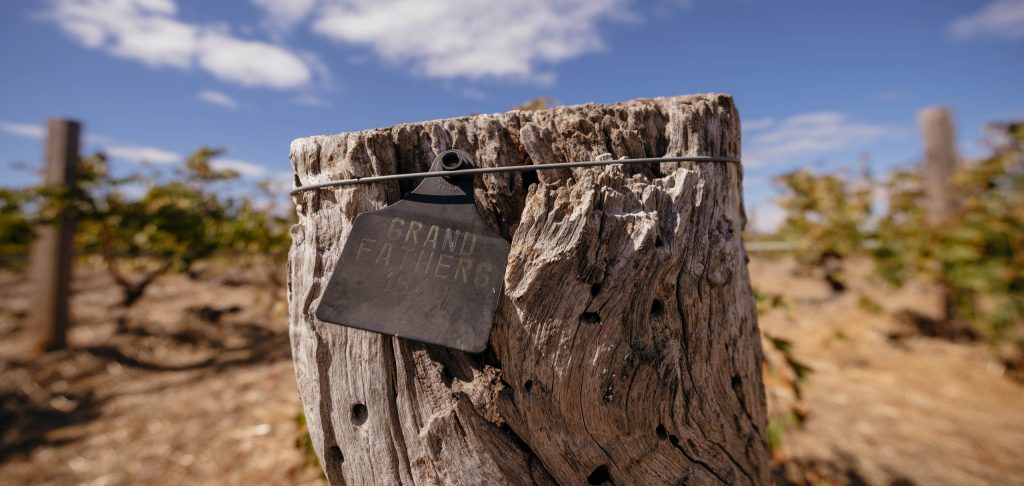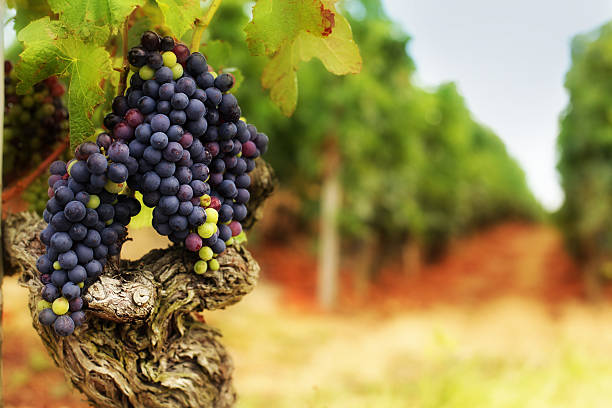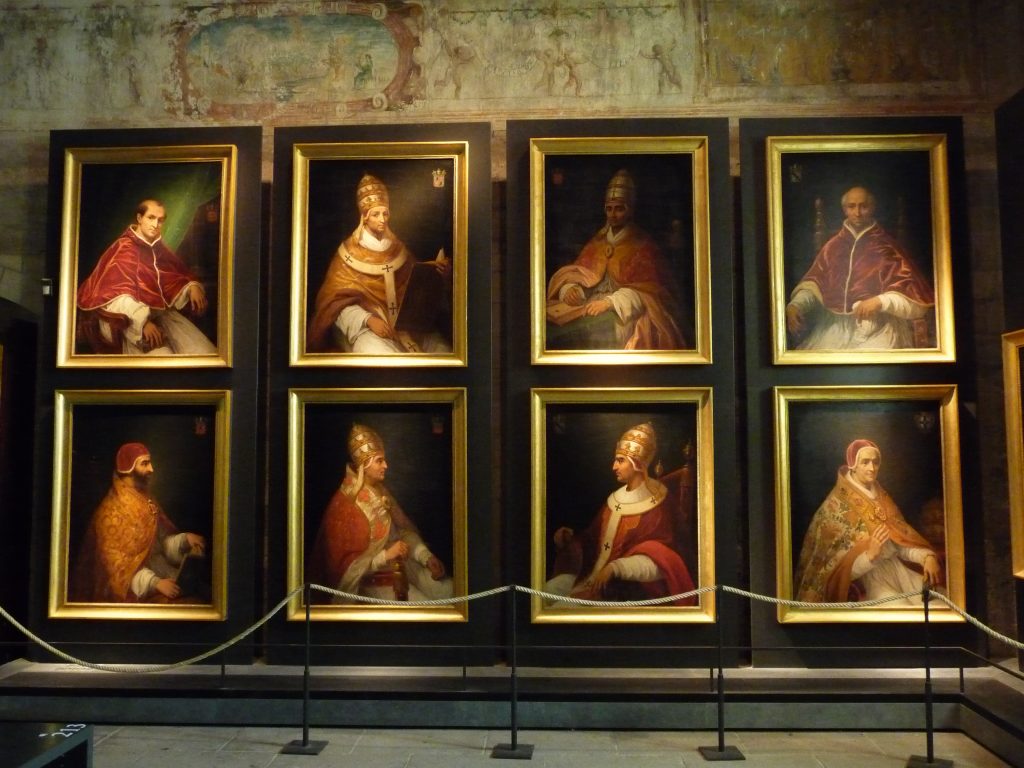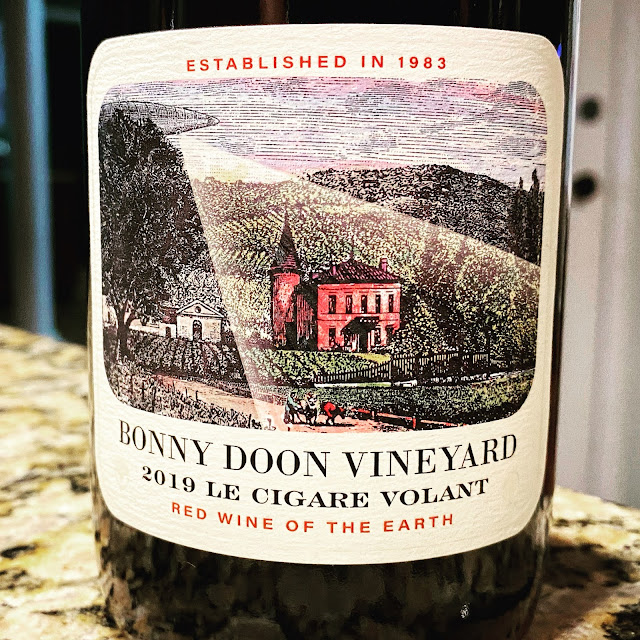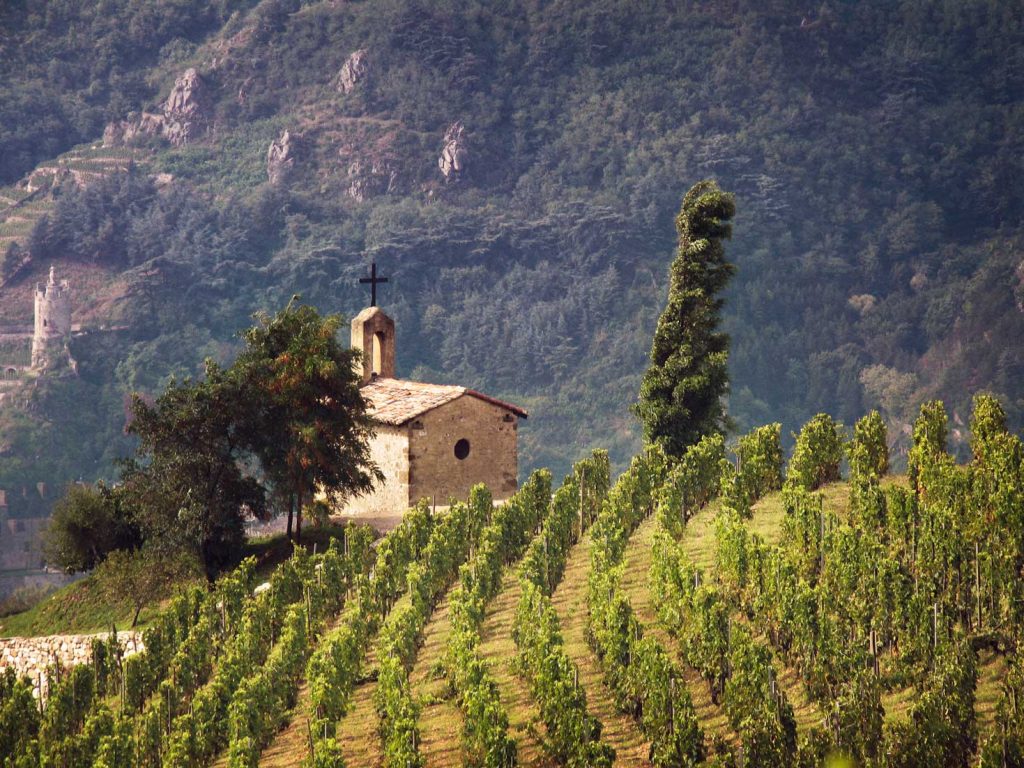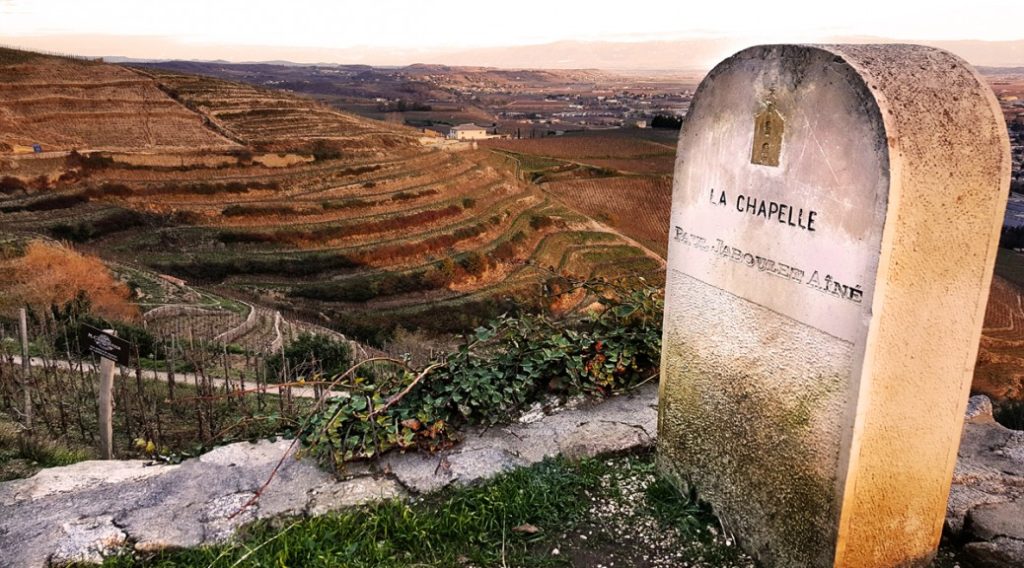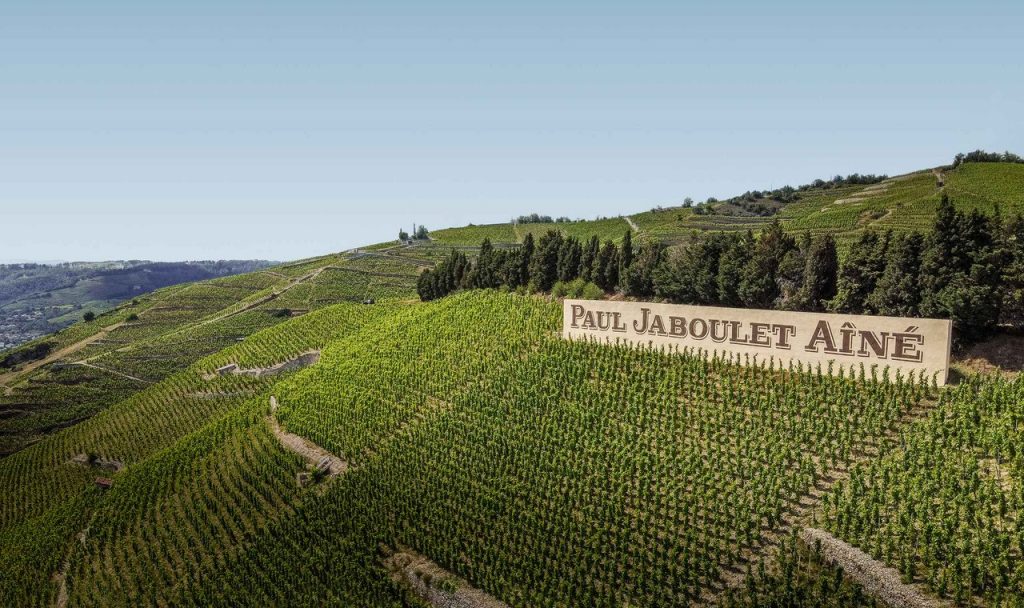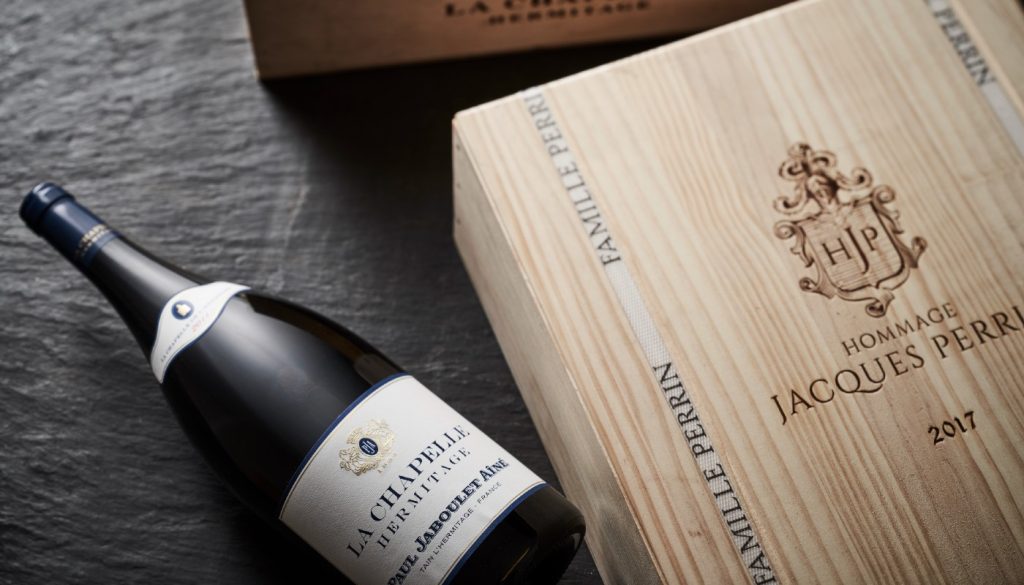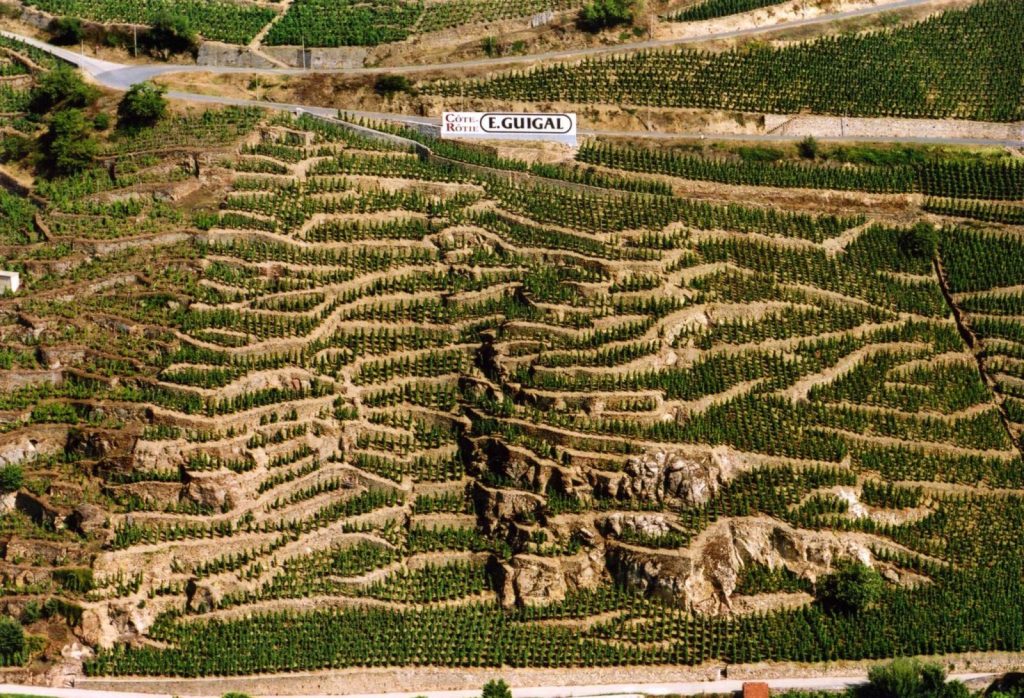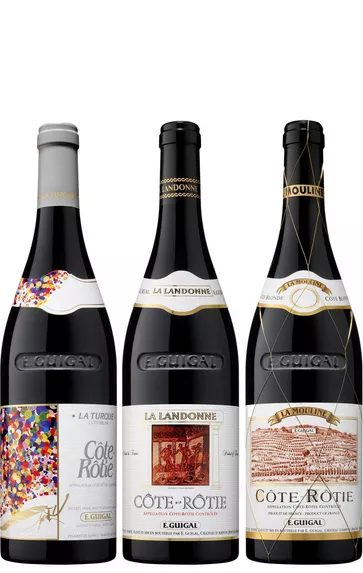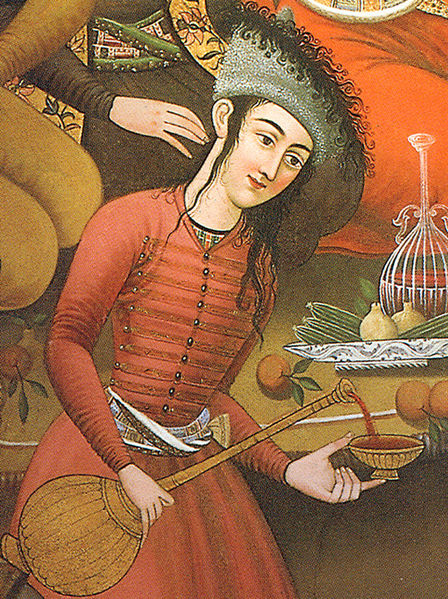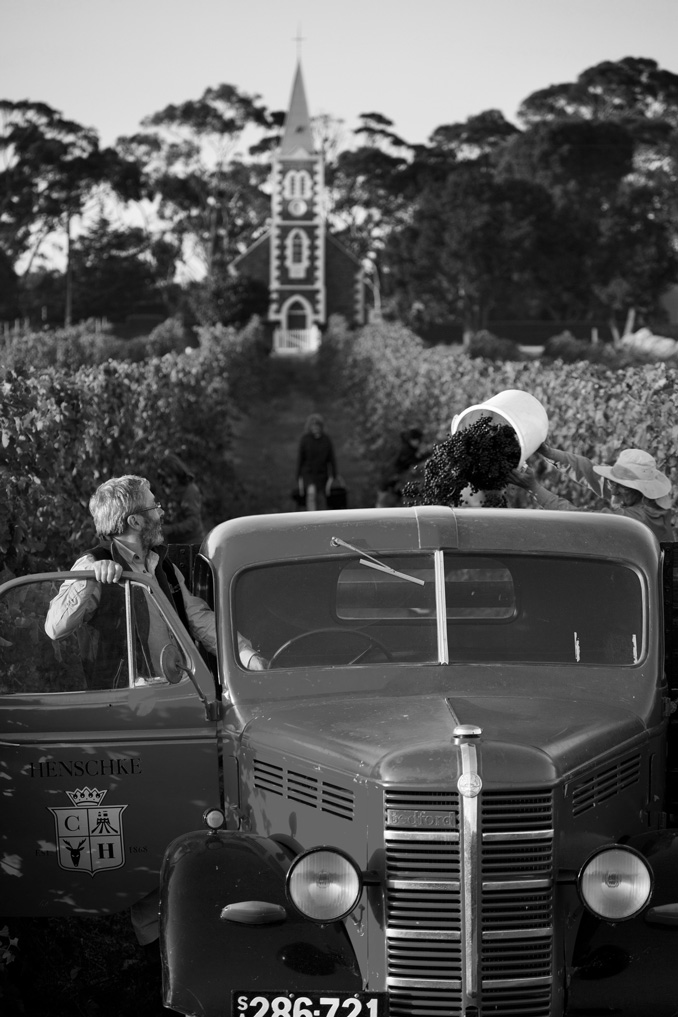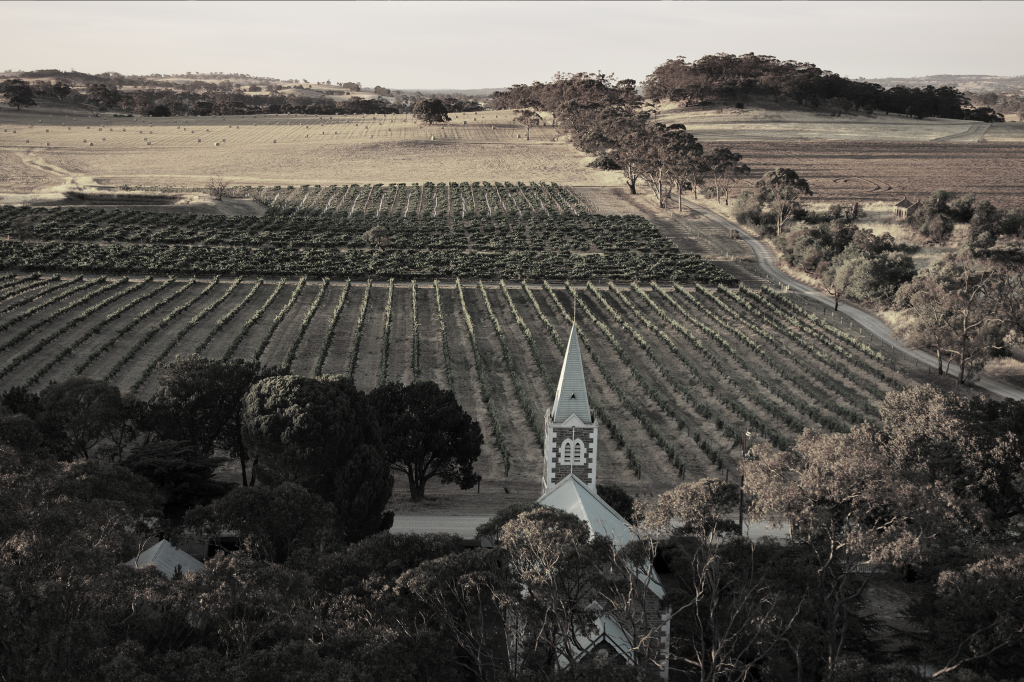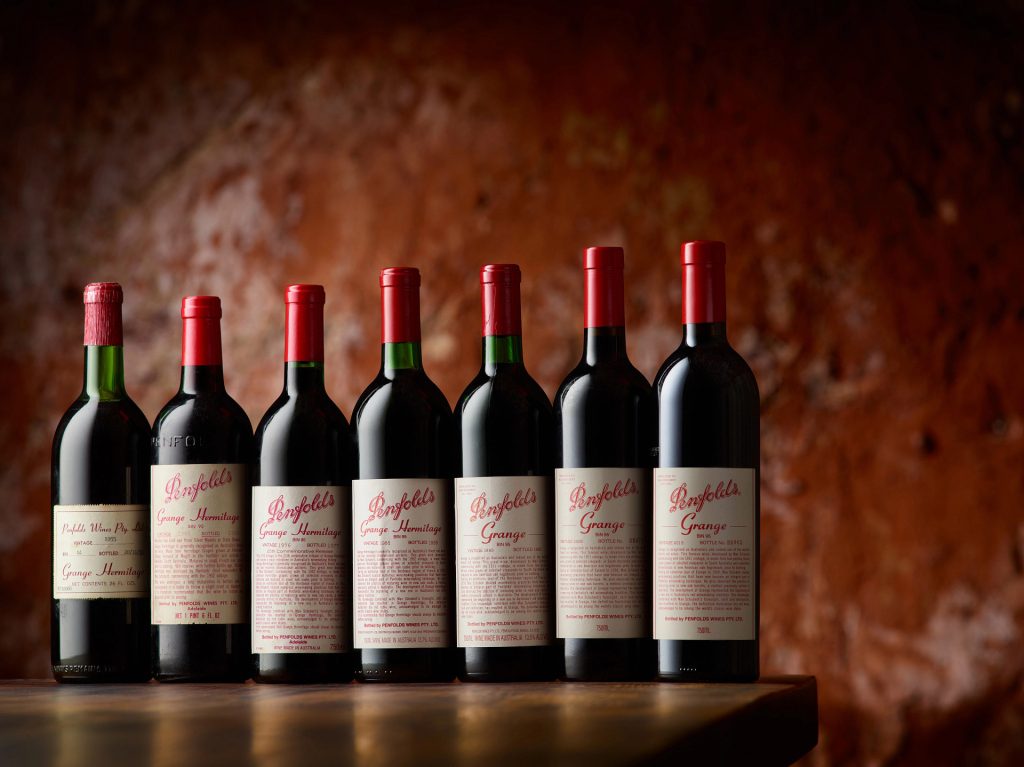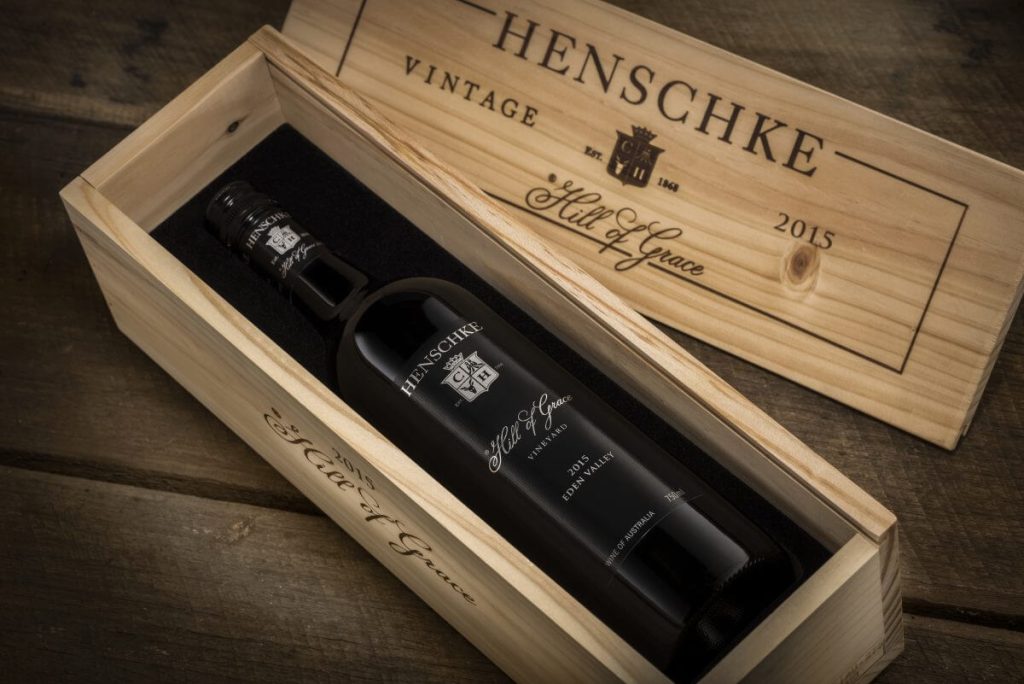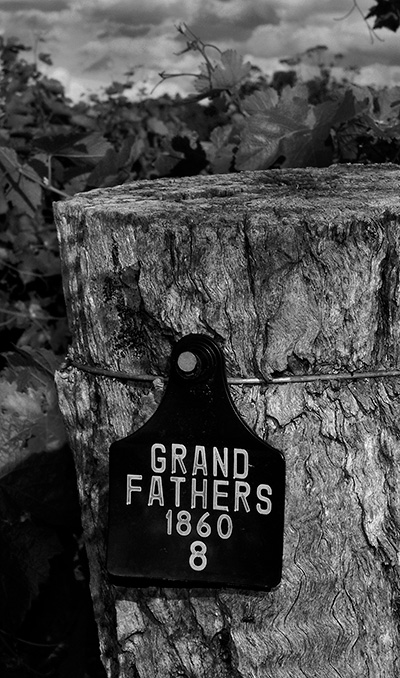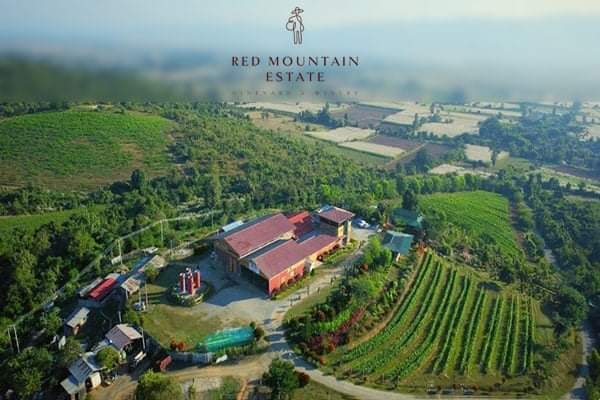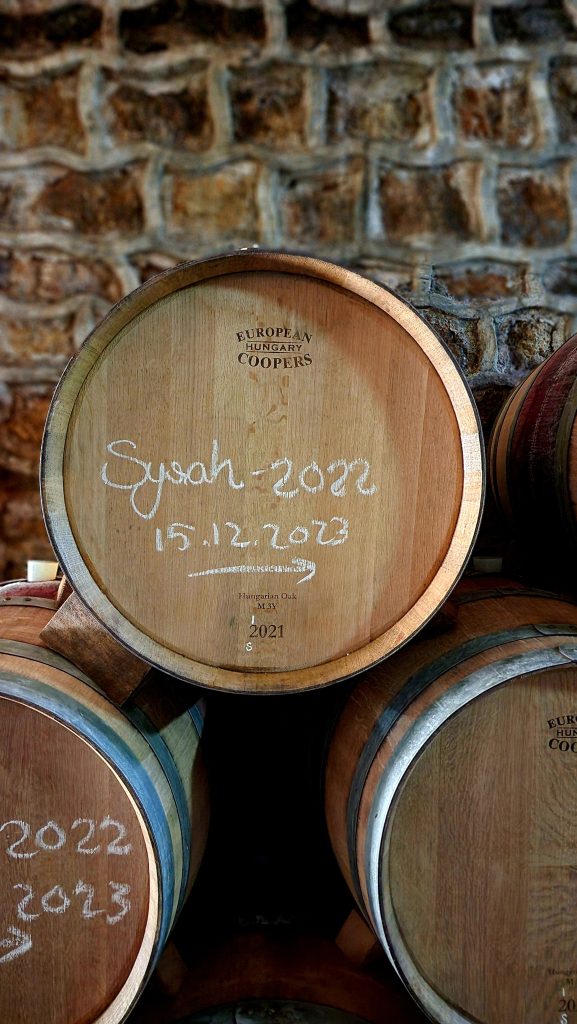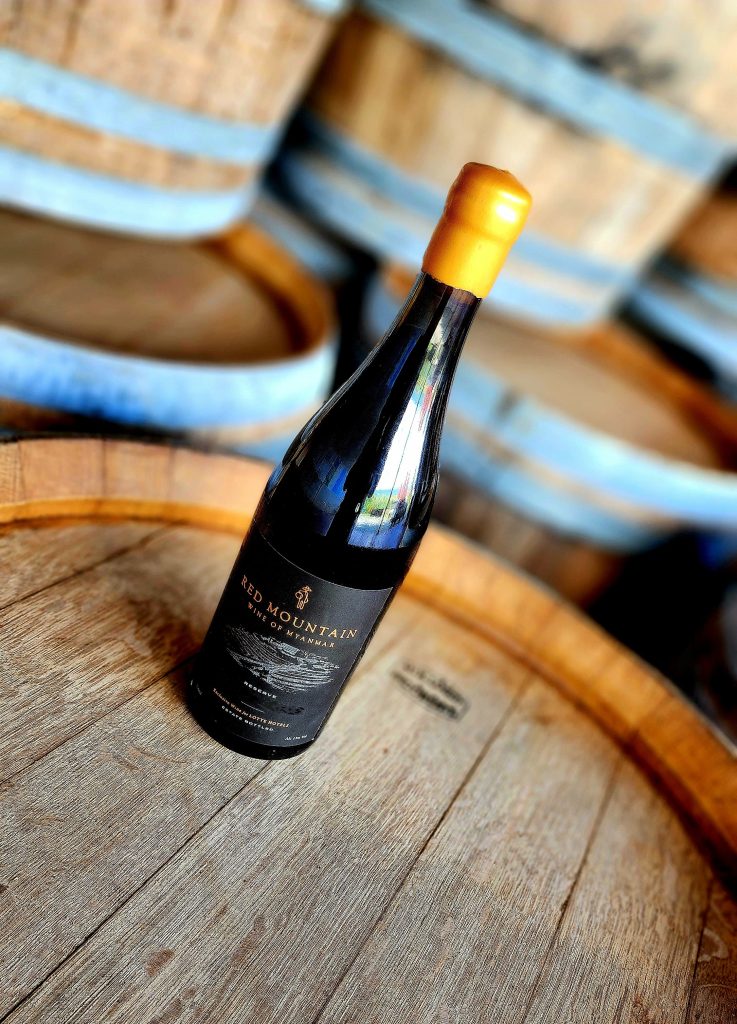Que Syrah, Shiraz
From the roasted slopes of the Northern Rhone to the ancient vines of the Barossa Valley Syrah, (as it is known in France) or Shiraz, (as it is called in much of the rest of the world) is a majestic wine-grape capable of producing richly flavoured, complex, bold, dark, full-bodied wines that can age and improve in the cellar for many, many years.
Syrah
Syrah (Shiraz) enjoys international fame as the sole -or main- component in some of the world’s most famous wines and has a history as noble and intriguing as the Holy Roman Empire.
Whilst the history of cultivated vineyards in the Rhone Valley can be dated back to the Ancient Greeks some 600 BCE, extensive DNA typing, and viticultural research have established that Syrah first originated here as a wild vine.
During Roman times, the wines from the Rhone improved in quality and grew in reputation, but after the fall of the Western Empire in 476 AD, interest in the wines dropped off sharply, and production in the region all but disappeared.
Enter the Avignon Popes
In 1309, Pope Clement V, the Archbishop of Bordeaux, relocated the papacy to the town of Avignon in the Rhone Valley; and whilst Clement V and subsequent “Avignon Popes” were known to be great lovers of Burgundy wines, they also promoted the development of viticulture on the banks of the nearby Rhone River. The area and the wines produced there would become known as Chateauneuf du Pape, (The Pope’s new castle).
When John XXII, succeeded Clement V, to become the longest-serving of the Avignon Popes, he included the addition of this local wine from the banks of the Rhone to an already healthy consumption of Burgundy. From these times, up until World War I, the bulk of Chateauneuf-du-Pape wine was sold to Burgundy as ‘vin de medicine’, to be added to Burgundy wine to boost the strength, depth, richness and alcohol levels.
After the war, Chateauneuf-du-Pape was plagued by wine fraud, and so, various rules for the production of wine in the region were drawn up and decreed in 1923. These were the first Appellation Contrôlée rules in France and provided the prototype for subsequent AOC rules.
In 1954, there was a media sensation as local stories claimed that “flying cigars”, or UFOs similar to flying saucers, had been spotted above Chateauneuf-du-Pape and that aliens were interested in their wine. Local politicians said to be sensing an opportunity to promote the region’s wines, passed a law banning flying cigars from entering their airspace or landing on their territory, a law which remains in effect to this day. In 1984, Californian winemaker Randall Grahm released a wine named Cigare Volant (French for “flying cigar”) in honour of this tale.
During this period, the wines of the Rhone were generally seen as quaint, rustic, lacking in sophistication, and at times somewhat crude.
However, as we entered the final decades of the first Millennium, with Bordeaux and Burgundy prices soaring in the world market, people began to re-evaluate the wines of the Rhone Valley, with a more modern approach to viticulture and winemaking, a greater focus on quality and the production of cleaner, purer wines now gave the market a chance to view them as attractive alternatives to their more renowned cousins. As a saying of the time went ‘In the Rhone you get wines with an aroma as complex as Burgundy, and a body as full and rich as Bordeaux, in wines that are, (were) less than half the price of both.’
Red Wines from the southern Rhone were traditionally a blend of several red varieties, mostly Syrah, Grenache, Mourvedre, Cinsault and Carignan. In the northern Rhone they major sub-regions focused solely on Syrah as their red variety.
Hermitage
In the year 1224, the wounded Knight, Gaspard de Stérimberg returned home from the Cathar Crusade and was permitted by his Queen to build a small refuge in which to recover. He remained living there as a hermit and it is from this action by the Chevalier that the place takes its name. The chapel on top of the hill was built in honor of Saint Christopher and is owned by the negociant Paul Jaboulet Áine. Louis XIII made the wine a wine of the court after being offered a glass during a visit to the region in 1642. Louis XIV presented King Charles II of England with two hundred casks of fine wine including examples from Hermitage, Champagne, and Burgundy. The Romanovs were also known to have imported the wine. In the 19th century, wines from Bordeaux were often “hermitaged” (hermitage, in this case meaning they were blended with Hermitage wine) and could fetch higher prices as a result. The appellation was established in its modern form in 1937.
The red wines of Hermitage make up 90 percent of production and the red variety is Syrah. AOC laws do permit the addition of the white grapes Marsanne and Roussanne up to 15% however, the vast majority of wines are single varietal Syrah.
Throughout the latter half of the 20th Century Hermitage was the very pinnacle of Shiraz wine and one name stood out above all the others as the absolute masters of the variety. As The Rare Wine Company put it, “Paul Jaboulet Aine was THE great house of the Rhône Valley;” John Livingstone-Learmonth once wrote, Jaboulet was, “the yardstick … the trailblazer around the world … bringing the very hearth of the Rhône into people’s lives.”
The old and venerable family firm of Jaboulet was founded by Antoine Jaboulet in 1834. For six generations it had passed down the male line until being sold in 2006 to Compagnie Financier Frey, who also own Château La Lagune in Bordeaux, Château de Corton-André in Burgundy and hold a large stake in Champagne Billecart-Salmon.
Jaboulet used to sell most of their wine in cask, often to producers in Bordeaux. However, under Louis Jaboulet, who ran the Maison from 1935 until 1977, they began to bottle more and more of their own wines. With an ability to grow and source exceptional fruit and an approach in the winery that emphasized this quality, the Jaboulet wines were soon gathering and international reputation for their wines, the region, and the Shiraz variety.
The Domaine’s most famous wine, the Hermitage, ‘La Chapelle’ is based on the lush fruit of Le Méal and the firm structure of Les Bessards, Hermitage’s two greatest climats, and it remains today a legendary wine and a legendary label.
The Roasted Slopes
Around 50 kilometers north of Hermitage, on the opposing bank of the Rhone River, are the slopes above Ampuis, the region is known as Cote Rotie, (roasted slopes) and today it is perhaps even more famous for is Syrah wines than its southern cousin; with some single vineyard cuvées now selling for the same prices as First Growth Bordeaux. However, this wasn’t always so, there has been wine production here since the time of the Romans, and even mini sales booms for the region in both the seventeen and eighteen hundreds. Yet after phylloxera had all but wiped out the vineyards in the late 1800s, by WWII there was almost no demand at all for the wines produced here.
Enter a young man by the name of Etienne Guigal, who at just fourteen had left the family home in the Loire after his father had died. He came to the region to support himself by picking apricots. However, he soon fell in love with the hills and the vines of the region and managed to get himself a job in the cellar at Vidal-Fleury where he worked his way up to winemaker over the next fifteen years. In 1946 Etienne started his own winery in the town of Ampuis, at the base of the vineyard hills known as the Brune and the Blonde. He married a young maid from Ampuis and -at a time when the region’s wines had all but been forgotten- set out in earnest to build one of the great wine labels of the world.
The LA LA Wines
Marcel Guigal quit school and joined the family at 17 after Etienne went temporarily but completely blind. (this was due to a detached retina, and he later made a recovery). Marcel would elevate the quality of the wines and the reputation of the winery to forge a winemaking empire. In 1966 Marcel elected to bottle a single vineyard wine from a small plot he considered unique and age it in new oak barrels, this wine was called La Mouline. In 1978, he added a second single vineyard wine that was called La Landonne and then in 1985 a third single vineyard wine named La Turque was created. These were magnificent wines, breathtaking in richness, character and finesse and were soon the darlings of the world’s most famous wine critics, (Robert Parker for example has given Guigal more 100-point scores than any other winery). Each of these wines has its own unique character and all three have an enormous capacity to age and improve over decades.
The roasted slopes, separated by the Ruisseau du Reynard, are divided into the limestone-abundant Cote Blonde, which produces more elegant and floral wines and the iron-rich Cote Brune, which offers up more weight, depth, and tannin in its wines. La Mouline in the Cote Blonde is indeed more elegant, graceful, and charming in its youth than the brooding and powerful La Landonne in the Cote Brune. The La Turque lies somewhere between these two for depth and body but is the spiciest, most exotic of the three.
As the reputation and demand grew for the LA LA wines -as they had become known- so too did their standing in the Rhone Valley with Syrah lovers and collectors the world over. Few would argue today that the finest Syrah wines of the Cote Rotie are perhaps the finest of the entire Rhone, and the very best examples of Syrah in the world today.
In 1984, the Guigals purchased Vidal-Fleury, where Etienne had started working all those years ago as a 14-year-old. In 1995, they bought the great house where Etienne’s wife had toiled as a maid, Château d’Ampuis, and has since become the wine company’s headquarters.
The Critic
In Hermitage some wineries use the addition of a small amount of the white grapes Marsanne and Roussanne, (either both or just one) co-fermented in their Syrah wines, whilst in the Cote Rotie it is permissible to add a small addition of the variety Viognier into the Syrah ferment. This can have a wonderful effect on the finished wines, giving them highly perfumed, floral aromas and a textural ‘slipperiness’ on the palate. One famous wine scribe when encountering this style for the first time was bemused by this description from a winemaker and grumbled back, “It smells like a lady’s purse and tastes like a man’s wallet” to which the winemaker smiled and roundly agreed!
Shiraz, Persia
The Ancient city of Shiraz, in modern-day Iran is known as the city of poets, literature and flowers. However, by the 9th century AD, it was known far and wide as the wine capital of Persia, the wine’s reputation was well documented throughout this time and by the 1700s was being exported to European merchants.
These wines were white and in two styles: one was dry, stalky, and made for immediate consumption, whilst the other was sweet, sherry-like and meant to be aged. No ampelographic descriptions of the vines or grapes exist. Marco Polo recorded that the vines here were trained by pulleys and weights to grow up one side of a house and down the other. The British poet Edward FitzGerald translated the Rubaiyat of Omar Khayyam from Persian, in which praise is heaped on the wines of Shiraz.
In modern Iran, wine cannot be produced legally due to the prohibition of alcohol in Islam. Before the Islamic Revolution in 1979, there were up to three hundred wineries in Iran; now there are none.
Shiraz, Australia
Despite the name, there is no proven connection between the city of Shiraz and the modern-day red grape variety “Shiraz”, planted in Australia, South Africa, Argentina, Canada, the United States, and beyond. The modern Shiraz grape, now known to be identical to the Syrah grape, was brought to Australia by James Busby, (1802-1871) the father of Australian wine. Busby travelled through Spain and France collecting vine cuttings that were the foundation of the Australian wine industry.
Whilst there is some conjecture as to whether it was Busby or John Macarthur who imported the first Syrah vines into Australia, and there is no known reason Australians call it Shiraz instead of Syrah, the most common explanation is that it was, initially, merely miss-pronunciation.
Whilst vineyards had been planted in Australia since the first fleet in 1787, mostly by Englishmen in and around Sydney, and out into the Hunter Valley in New South Wales, it would be Germans in the Barossa Valley in South Australia that would plant the most famous and enduring Shiraz vineyards in the world.
In December 1837, British Naval and Army Officer, Surveyor General of the Colony of South Australia, Colonel William Light led an expedition into the region and two years later it was surveyed by William Jacob. Colonel Light chose the name ‘Barrosa’ in memory of the British victory over Napoleon’s French forces at the Battle of Barrosa in 1811, a battle in which he had fought. The name “Barossa” was registered due to a clerical error in transcribing it and was never changed.
Up until the 1840’s, most of Australia’s wine industry had been influenced by the British however, the agriculture of the Barossa Valley would be shaped by Germanic settlers, Lutherans fleeing persecution by the Prussian King Friedrich Wilhelm III, in their native province of Silesia, (now part of Poland).
In 1841, ‘The South Australian Company’, (under the direct orders of its chairman and major shareholder, George Fife Angas) chartered three ships to Silesia with an offer of refuge and land to any settler willing to help establish the colony. Nearly five hundred families took up the invitation and resettled in the Barossa Valley.
The first German families settled around Bethany in 1842, further settlements were soon established in Angaston, Krondorf, Ebenezer, Penrice, Light Pass and Langmeil, followed by Tanunda, Gnadenfrei, Hofffnungthal, New Mecklenburg, Siegerdorf, Neukirch, Nuriootpa, and Seppeltsfield. It was not long before it was recorded that Lutheran Church spires could be seen all over the valley. An Adelaide newspaper reported in 1843 that the Germans made a highly valuable class of colonists, they were an exceedingly industrious, sober, and persevering people whose progress in the colony had been most creditable.
Early forays with wine were often lighter, white wines in the Germanic style but as reputations and demands grew wines were being sent all over the country. Given the absence of refrigeration, rapid transport, and the isolation of the Barossa, soon fortified style wines that would keep well over long distances were being produced. One of the most popular of these was soon a Port-style wine made from Shiraz grapes.
After two world wars and a great depression all but gutted the industry in the Barossa Valley, in the late 1940s and early 1950s a new Co-Operative took over retail outlets and hotels in the area and winemakers began to modernize their local industry.
Colin Gramp, (a descendant of Johann Gramp who is credited with planting the region’s first vineyard) spent time in the Napa Valley in the United States, returning in 1947 to make what is believed to be the Barossa Valley’s first dry red table wine since the 1860’s, he would go on to become one of the region’s great innovators.
Penfolds Max Schubert returned from his travels through Bordeaux and was determined to make the great Australian full-bodied red, one with the ability to improve with age over many decades in the cellar. Penfolds Grange of course has gone on to become the Australia’s most famous wine however, it would take over a decade before the wine to even begin to get some recognition in the market.
Higher up in the cooler Barossa Ranges Cyril Henschke produced a single vineyard wine in 1952, naming it Mt Edelstone Shiraz, this was followed by the first Hill of Grace Shiraz in 1958.
The introduction of refrigeration in the wineries and in transportation gave winemakers greater control over quality and its preservation during transport and storage and by the 1960s Dry red wines in Australia, mostly made with Shiraz, were starting to get recognition and find a market.
South Australia has never had a recorded case of phylloxera, the deadly mite that all but wiped out the European wine industry in the late 19th century. The phylloxera epidemic destroyed most of the wine grape vineyards in Europe, especially France when Phylloxera was inadvertently introduced by botanists in England who collected specimens of American vines in the 1850s.
Because phylloxera is native to North America, the native grape species were largely resistant to it, but the European species had no defense. The epidemic first devastated vineyards in Britain and then moved to the European mainland, destroying most of the European grape-growing industry.
In 1863, the first vines began to deteriorate inexplicably in the southern Rhône region of France. The problem spread rapidly across the continent. In France alone, total wine production fell from 84.5 million hectoliters in 1875 to only 23.4 million hectoliters in 1889. Some estimates hold nine-tenths of all European vineyards were destroyed.
This means that the Barossa Valley in Australia has some of the oldest commercial Shiraz vineyards in the world. Today, the region is rich with vignerons who treat old vines as precious national treasures and as producers of super-premium grapes, allowing them to crop low with minimal irrigation and going back to hand harvesting, pruning and traditional winemaking techniques, such as using a basket press and an open vat fermenter.
By the 1970s, the Barossa had reorganized itself and was enjoying success as Australia’s premier wine region. After several ups and downs over the next two decades, the Barossa Valley emerged in the last decade of the first millennium, as one of the very finest producers of dry red wines in the world, and positively owned the variety the world now called Shiraz.
Powerful wine of incredible depth, concentration, and richness, yet with grace and sophistication. Wine made of ancient vines, in harmony with their nature, producing fruit that is a perfect and unique expression of its terroir.
Other countries and regions have joined in and planted Syrah/Shiraz around the world, namely the U.S.A., South Africa, Chile, and New Zealand; whilst in Europe Italy and Spain have their plantings. New World countries tend to call it Shiraz, whilst it has been suggested that cool climates call it Syrah and warm climates Syrah. Many wineries call it Syrah to give themselves some differentiation from the Australian name, (where most French Syrah is not varietally labelled).
Myanmar
In 2003, Shiraz vines were planted at the Red Mountain Estate’s Taung Chay Vineyard, it would have been a Natural choice to plant the robust, thick-skinned, rugged variety in the steep hills above Inle Lake. Shiraz is a hearty variety that grows well in most climates and can handle hot climates and loads of sunshine. In the Shan Hills, it found a warm climate with cooler nights, the vines adapted well and have consistently produced Shiraz fruit of exceptional quality for the production of fine red wine. In 2007, Shiraz was planted at an even more suitable site, the Myay Phyu vineyard site, which has gone on to produce fruit of an even higher quality.
All fruit is hand-pruned and hand-picked, in the winery, the fruit is rigorously sorted with only clean, ripe berries going into the stainless-steel tanks. Fruit is then handled with the utmost focus, the gentlest of care and only minimal intervention when necessary.
Shiraz here is full-bodied, with great depth and complexity, layers of dark berries, fine tannins and more complex, earthy flavours and spices. Bolder than a typical Rhone Syrah and yet more complex and subtle than a warm climate, New World Shiraz. Myanmar Shiraz is at times bold and often graceful, it finds a middle path between power and elegance, to deliver a wine that is typically sophisticated and graceful, these are wines the entire country can be most proud of, fulfilling their potential to reach greater highest and produce magnificent fine wines.
The best parcels of fruit are vinified separately and matured in new European oak barrels for up to 18 months. Recent vintages have been a revelation, creating wines that are glorious expressions of their terroir, the variety in Myanmar, and its people in the Vineyard and Winery.
Darren Gall

